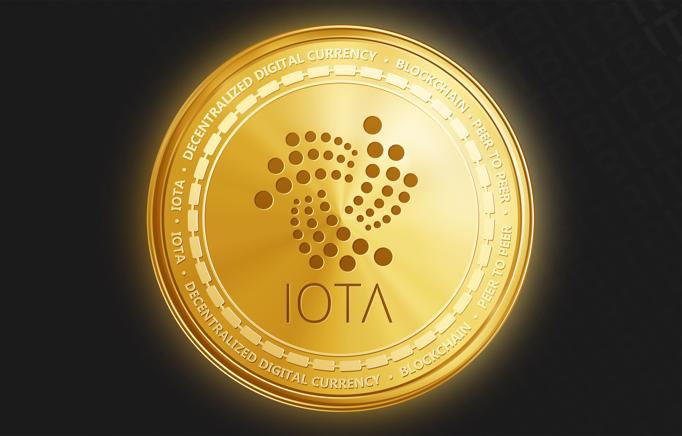What is IOTA
Tiền điện tử cho chuyên gia
Các bài viết khác
IOTA is a distributed ledger that was created to record and execute transactions between computers and devices in the Internet of Things (IoT) ecosystem. To account for transactions in its network, the ledger employs a cryptocurrency known as MIOTA. Tangle, a system of nodes utilized for transaction confirmation, is IOTA's core invention. Tangle, according to IOTA, is quicker and more efficient than traditional blockchains utilized in cryptocurrency. The IOTA Foundation, the non-profit organization in charge of the ledger, has signed deals with well-known corporations such as Bosch and Volkswagen to expand the platform's value among linked devices.
By 2020, billions of gadgets would be linked to the Internet. Devices in this Internet of Things (IoT) ecosystem can communicate data and payment information with many other devices throughout the day. IOTA aims to become the standard method of performing device transactions. The ledger's creators describe it as a "public permission-less backbone for the Internet of Things that facilitates interoperability across numerous devices." In layman's terms, this implies it will allow transactions between linked devices and will be accessible to anybody.
IOTA's creators say that it overcomes many problems that plague cryptocurrencies built on traditional blockchains. These issues include the centralized nature of mining, slow network speeds, and scalability. Scalability in the context of cryptocurrencies refers to the difficulty of expanding the number of transactions handled by a blockchain without compromising other metrics. These issues are mostly the result of a backlog of transactions on Bitcoin's blockchain. The backlog is caused by a multitude of factors, including limited block sizes and the difficulty of the puzzles that miners must solve in order to receive the cryptocurrency as a reward. IOTA addresses these issues by reimagining the blockchain architecture as Tangle, a new method of organizing data and validating transactions.
IOTA has been criticized mostly for technical problems. IOTA's technology, like most cryptocurrencies, is new and untested. A phishing assault on its network led in the loss of $3.94 million in MIOTA. In reaction to the assault, the IOTA development team published a blog post describing how to create a robust seed for use with its coin.
IOTA's creators are said to have "rolled" their cryptocurrency. In other words, they invented their own encryption mechanism rather than using the widely utilized SHA-256 hash function used in Bitcoin. The researchers at MIT's Digital Currency Initiative discovered major flaws in IOTA's hash function, known as Curl. When given two different inputs, the function gave the same outcome. Collision is a characteristic that indicates a flawed hash function. The MIT researchers indicated in its vulnerability investigation that a hostile actor may have used their approach to damage or steal user cash from Tangle. The issue has been fixed by the IOTA team.
There are possible difficulties with IOTA's assertions that DAGs would solve blockchain scalability issues. The co-founder of Ethereum, Vitalik Buterin, has questioned the capacity of hashgraphs (the fundamental data structures for DAG) to overcome scalability difficulties. According to him, existing versions of hashgraphs do not address a blockchain's reliance on computer memory and processing power. The scalability of a hashgraph-based system is still dependent on the capacity and speed of individual machines in its network.


